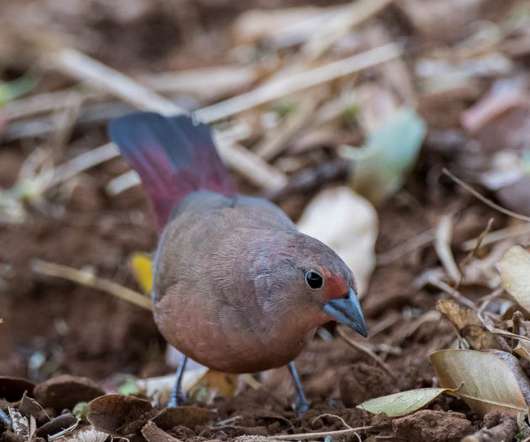The Storks of Africa
10,000 Birds
MAY 8, 2012
Furthermore we have another very special stork-like bird, the regal Shoebill , previously known as the Whale-headed Stork but now placed in its own family. They are often found roosting in small groups along the edges of lakes and riverine sandbars. It is also related to Wood Stork of the Americas and Milky Stork of Asia.












Let's personalize your content